PRODUCT DESCRIPTION
Our Anti-static Epoxy Floor Covering is a high-performance solution designed to meet the demanding requirements of various industries. This specialized flooring system offers exceptional conductivity while providing superior protection against corrosion, damage, and wear.
Formulated with advanced anti-static properties, this epoxy floor covering effectively dissipates static electricity, ensuring a safe and controlled working environment. It prevents the buildup of static charges that can potentially damage sensitive electronic equipment or pose a risk to personnel.
Additionally, our Anti-static Epoxy Floor Covering offers excellent acid resistance, making it suitable for environments where chemical spills or exposure to corrosive substances may occur. The durable coating acts as a protective barrier, safeguarding the underlying structure and extending the floor’s lifespan.
Its seamless and smooth surface makes this floor covering easy to clean and maintain, promoting a hygienic and visually appealing environment. Its anti-slip properties enhance safety, reducing the risk of slips and falls, even in areas of frequent traffic.
Ideal for a wide range of applications, including laboratories, cleanrooms, manufacturing facilities, data centers, healthcare facilities, and electronic assembly areas, our Anti-static Epoxy Floor Covering combines functionality, durability, and aesthetics to meet the unique needs of your industry.
Trust in our high-quality anti-static epoxy floor covering to create a reliable, static-free, and long-lasting flooring solution that surpasses industry standards.
Compatibility with Other Protective Coatings
Our Anti-static Epoxy Floor Covering offers excellent compatibility with a range of protective coatings, allowing for easy re-covering or application of additional layers. When considering re-covering options for an existing anti-static epoxy floor, the following products are recommended:
1. Alkyd, Phenolic Alkyd, Silicone Alkyd, and Urethane Alkyd: These coatings are compatible and can be used for recovering the anti-static epoxy floor, providing a durable and protective layer.
2. Two-Component Epoxy: This type of coating is suitable for re-covering the anti-static epoxy floor, ensuring a seamless and long-lasting finish.
3. Polyurethane: Polyurethane coatings are compatible and can be applied as an additional layer over the anti-static epoxy floor, enhancing its durability and chemical resistance.
4. Acrylic: Acrylic coatings can be used for re-covering the anti-static epoxy floor, offering excellent adhesion and protection.
For the immediate application of another layer after applying the anti-static floor coating, the following protective coatings are recommended:
1. Two-Component Acrylic: This coating provides a protective layer with excellent adhesion and resistance properties, complementing the anti-static properties of the floor coating.
2. Acrylic Latex: Acrylic latex coatings are suitable for immediate application over the anti-static epoxy floor, offering a protective barrier and enhancing the aesthetics of the flooring.
3. Chloro Ruber (Chlorocaoutchouc): Chloro Ruber coatings can be used as an additional layer, providing enhanced chemical resistance and protection for the anti-static floor.
4. Polyamide Epoxy High Build: This coating is compatible with the anti-static epoxy floor, offering a high-build protective layer with superior resistance to abrasion and chemicals.
5. Two-Component Polyurethane: Two-component polyurethane coatings can be applied immediately after the anti-static floor coating, providing exceptional durability and chemical resistance.
Features
- Transfer of static electricity
- Prevent static electricity sparks
Applications
- Antistatic epoxy flooring for concrete floors of various factories
- Antistatic epoxy flooring protective coating of production halls of military units
- Antistatic epoxy flooring for electronic kits and circuits
- Antistatic epoxy flooring for warehouses of flammable materials
- Antistatic epoxy flooring and protective coating of control rooms
- Antistatic epoxy flooring for color mixing rooms
Packaging
- –
Colour
- Black
technical specifications
| color | black |
|
Mixing ratio |
A:B= 100:18 |
| density |
1.2g/cm3 |
|
Electrical resistance range |
1MΩ |
| Initial setting time |
6 hours |
|
Final setting time |
24 hours |
| Shelf time |
1 year |
- Understand Requirements: Familiarize yourself with project requirements and environmental factors.
- Surface Preparation: Ensure clean and dry substrate before applying the coating.
- manufacturer’s instructions for precisely mixing components.
- Application Techniques: Apply coating evenly using suitable tools.
- Allow Sufficient Curing Time: Provide recommended curing time for optimal performance.
- Regular Maintenance: Implement routine cleaning and inspections.
- Safety Precautions: Use appropriate PPE and ensure proper ventilation.
- Compliance with Standards: Ensure the coating meets required industry standards.
- Ongoing Education and Training: Stay updated with advancements in the field.
- Collaborate with Experts: Seek guidance from experienced professionals.
- Understand project requirements.
- Ensure proper surface preparation.
- Accurately mix components.
- Apply coating with skillful techniques.
- Allow sufficient time for curing.
- Implement quality control and inspections.
- Provide clear maintenance guidelines.
- Comply with safety regulations.
- Seek expert guidance when needed.
- Continuously update knowledge and skills.
First, thoroughly combine the two components of the product and mix them in a mixer for 5 minutes. It is recommended to allow the mixture about 20 minutes for the reaction between the two components. Apply the protective coating using a roller, brush, or spray gun. It should be noted that the epoxy primer prepared for the concrete surface should be used within less than 4 hours after preparation. Preparing the substrate surface before an application is preferable by using a scraper or sub-segmentation device. This action aims to create a surface for strong mechanical bonding.
- Pre-Installation Inspection: Inspect the substrate before installation.
- Material Verification: Verify the coating materials.
- Adherence to Mixing Ratios: Follow precise mixing instructions.
- Batch Consistency: Use the same batch for consistency.
- Wet Film Thickness (WFT) Measurement: Measure coating thickness.
- Cure Time Monitoring: Monitor curing time.
- Adhesion Testing: Assess bonding strength.
- Surface Resistivity Testing: Measure resistivity.
- Visual Inspection: Inspect for defects and uniformity.
- Documentation: Maintain records of inspections and tests.
- Compliance with Standards: Ensure adherence to industry standards.
- Ongoing Monitoring and Maintenance: Continuously monitor and maintain the coating.
technical documents
Photo Gallery
Technical documentation request



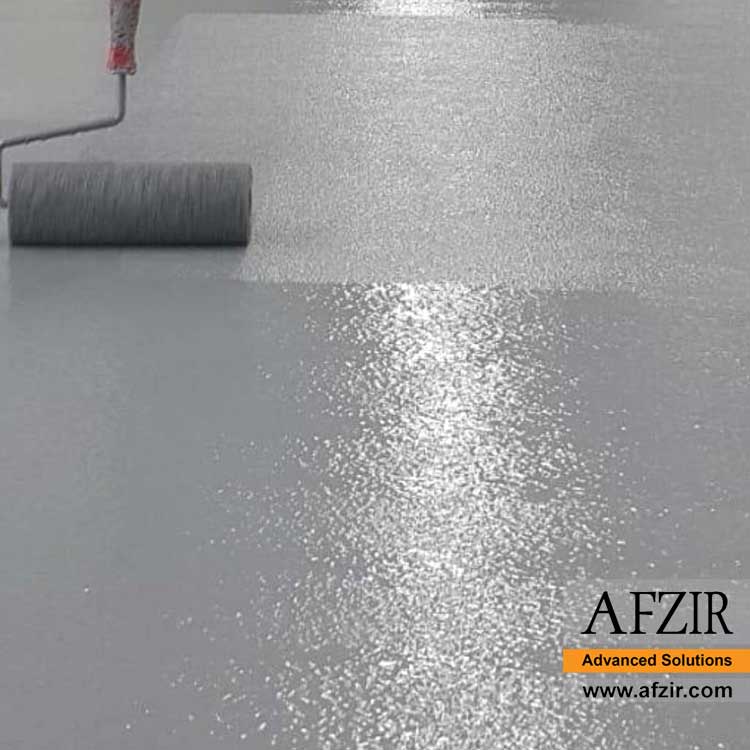
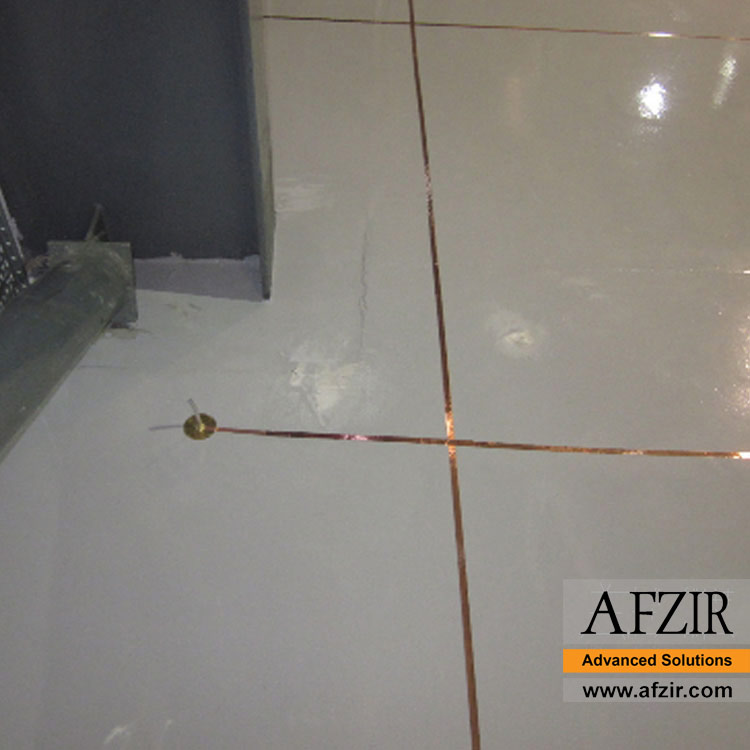

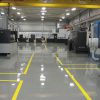
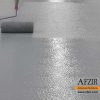


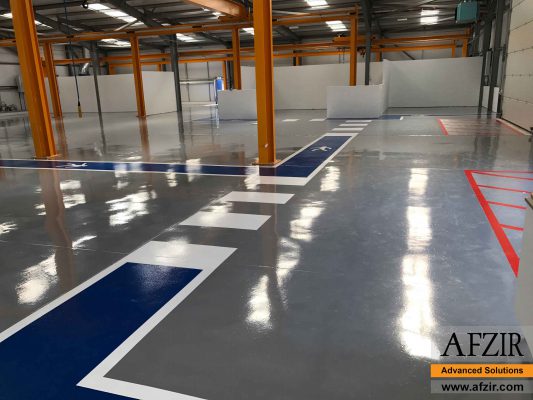
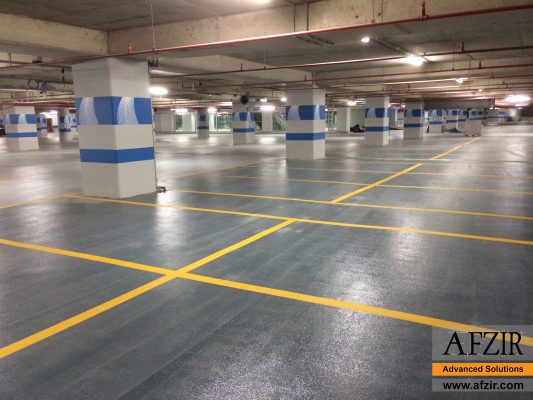






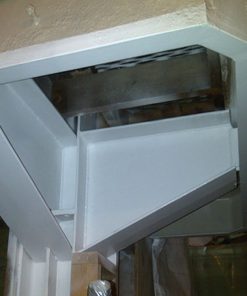
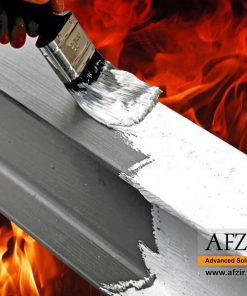


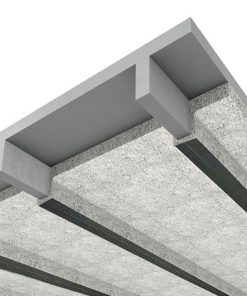


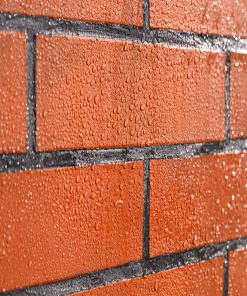
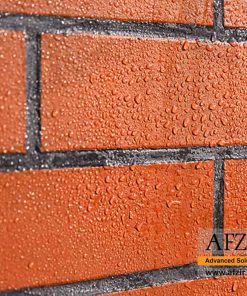

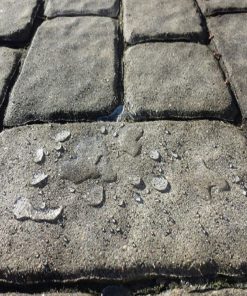
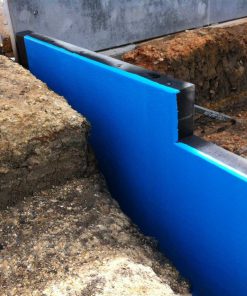
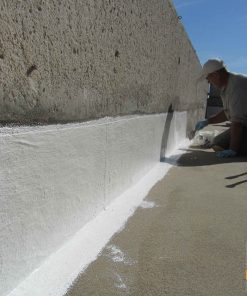
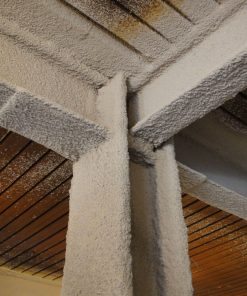
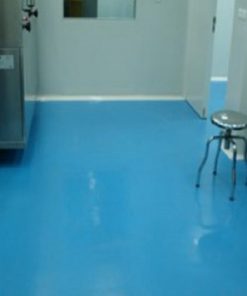
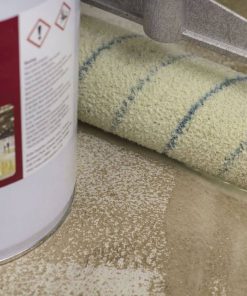
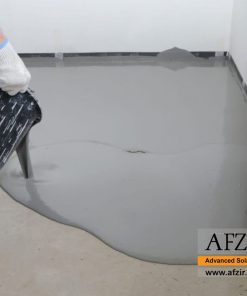
Be the first to review “Anti Static Epoxy Floor Top Coating”